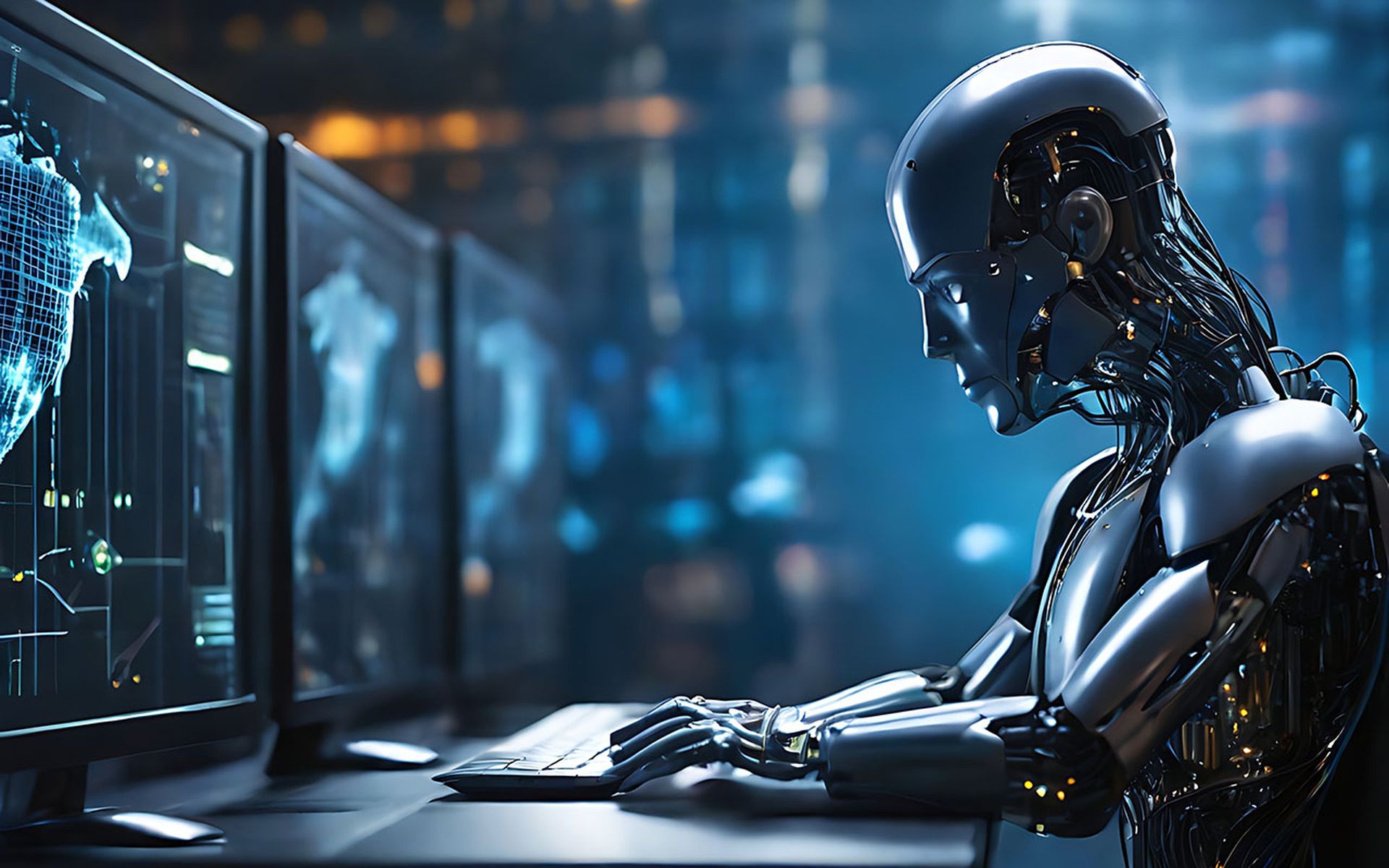DIGITAL LIFE

Autonomous AI cybercrime will mark the next decade
The next decade will mark the beginning of the era of autonomous cybercrime, driven by Artificial Intelligence (AI) and self-learning generative systems. This is the perspective of Check Point Research (CPR), the threat intelligence unit of Check Point Software Technologies.
The warning comes at a time when 1 in 54 generative AI prompts on corporate networks poses a high risk of exposing sensitive data. By September 2025, this vulnerability already affected 91% of organizations that regularly use AI tools.
Raymond Schippers, Evangelist at Check Point Software Technologies, emphasizes the paradigm shift: "We are entering a stage where AI is no longer just a tool for productivity, but also a catalyst for new forms of autonomous cyberthreats."
Current phishing and deepfake attacks are just a harbinger of a future where AI agents will be able to plan, execute, and perfect attacks "with almost no human intervention." Check Point Research identifies four critical vectors that will redefine the cybersecurity landscape:
-Autonomous AI attacks: AI systems capable of independently planning and executing multi-phase attack campaigns. They adjust to defenses in real time and can collaborate across thousands of endpoints, functioning as self-learning botnets.
-Adaptive malware: AI-generated malicious code that writes, tests, and debugs autonomously. It learns from each failed attempt to create undetectable variants in seconds.
-Synthetic insider threats: AI agents that mimic real employees using stolen data, voice samples, and communication patterns. They infiltrate business platforms and manipulate teams with a high degree of credibility.
-AI supply chain attacks and model poisoning: Manipulation of AI models by inserting tampered data into the training. The goal is to alter critical decisions, such as classifying a malicious file as safe.
These new forms of attack are distinguished by their autonomy, speed, and intelligence. Each failed attempt makes subsequent attacks more effective, and the absence of a "human trail" (typo, time zones) makes detection and attribution more difficult.
AI also democratizes cybercrime. Automated scanning and exploitation tools lower the barriers to entry, allowing less experienced attackers to conduct complex operations 24/7.
"By 2030, most ransomware and data theft attacks will be conducted by autonomous AI systems," warns Schippers. Fighting cybercrime will then become a "fight between machines."
-To build resilience in the AI era, Check Point recommends five strategic pillars:
-Security by Origin: Choosing and configuring AI tools with built-in security principles.
-Zero Trust Model: Apply AI with continuous authentication and permission validation to every interaction.
-Supply Chain Protection: Treat all external integrations as untrusted until verified.
-Security Automation: Integrating DevSecOps practices and continuous monitoring.
-AI Governance: Governing the use of generative AI to prevent sensitive data leaks and misuse.
Check Point advocates a prevention-first, AI-powered approach. The Infinity AI Threat Prevention platform, enhanced by ThreatCloud AI, analyzes millions of indicators to block zero-day attacks in real time. Solutions like Harmony SASE and Harmony Browse ensure the safe use of generative AI tools.
“The security of the future will be defined by who can transform AI from a threat into a strategic advantage,” concludes Schippers, emphasizing that companies with intelligent and preventative security platforms “will lead the digital resilience of the next decade.”
Conclusion...Check Point Research’s forecast for the next decade is a clear warning: AI is redefining the cybercrime landscape. The rise of autonomous agents demands an equally intelligent and proactive security response, with a focus on prevention and AI literacy.
mundophone

No comments:
Post a Comment